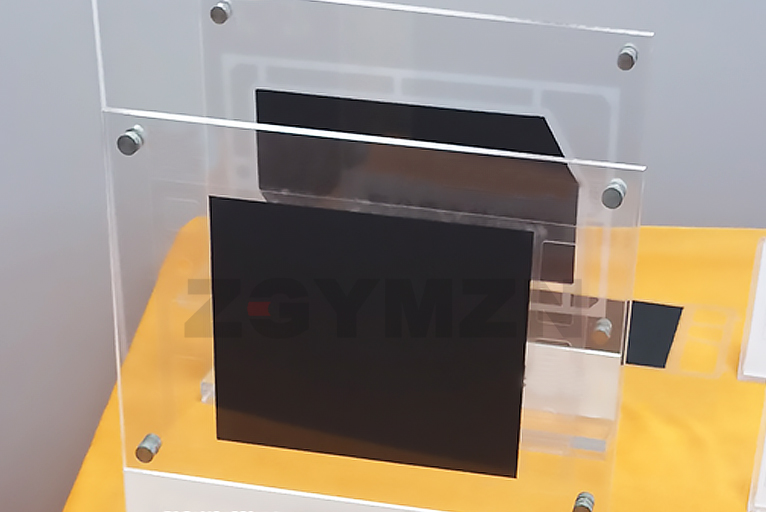google-site-verification: google0228a1feb97d321e.html
google-site-verification: google0228a1feb97d321e.html
google-site-verification: google0228a1feb97d321e.html
google-site-verification: google0228a1feb97d321e.html
google-site-verification: google0228a1feb97d321e.html
google-site-verification: google0228a1feb97d321e.html
Electrolyte diaphragm coating technology——application of ultrasonic spraying technology——Shanghai Yangmi ultrasonic spraying
① The significant role of diaphragm coating in the battery
Diaphragm surface coating can bring obvious benefits, first is to improve the thermal stability of the diaphragm, such as ceramic coating diaphragm high temperature 180℃
body remains good, can avoid diaphragm contraction caused by internal short circuit, so that the safety of the battery significantly improved; Secondly, the infiltration of the
diaphragm to the electrolyte is improved, which is conducive to the reduction of battery internal resistance and the increase of discharge power. In addition, it can prevent or
reduce the oxidation of diaphragm, which is conducive to the operation of high voltage positive electrode and prolong the battery cycle life.

② The choice of film coating material -- PE or PP microporous film as the matrix material
There are four commonly used coating materials:
Ceramic coating diaphragm, water-based PVDF coating diaphragm, arylon coating diaphragm, oil-based PVDF coating diaphragm
Note: Ceramic materials include Al2O3, AlO(OH), SiO2, TiO2, MgO, CaO, etc.
③ Ceramic coated diaphragm has been gradually applied in battery products
Most large battery companies use coated sheets in their products. A typical example is the aluminum-coated (3μm) diaphragm, which is used in aluminum-plastic seal
products for lithium-ion batteries.
Shanghai Yangmi fuel cell catalyst coating system can produce highly uniform, repeatable and durable coatings. From R&D to production, our anti-clogging technology
allows for better control of coating properties, significantly reducing raw material usage and reducing maintenance and downtime.
During the electrolysis of fuel cells and proton exchange membrane (PEM) electrolyzers, the ultrasonic coating system produces a highly durable and uniform carbon-based
catalyst ink coating without membrane deformation. Uniform catalyst coatings are deposited on PEM fuel cells, GDL, electrodes, various electrolyte films, and solid oxide fuel
cells sprayed with carbon black ink, Teflon binders, ceramic slurry, platinum, and other noble metals suspensions. You can also use the ultrasonic spray and other metal alloy
including platinum, nickel metal oxide suspension, iridium and ruthenium based coating to make the PEM fuel cell, fuel cell catalyst, polymer electrolyte membrane (PEM)
cell, DMFC (direct methanol fuel cell) and SOFC (solid oxide fuel cell) can produce large load and high efficient battery.